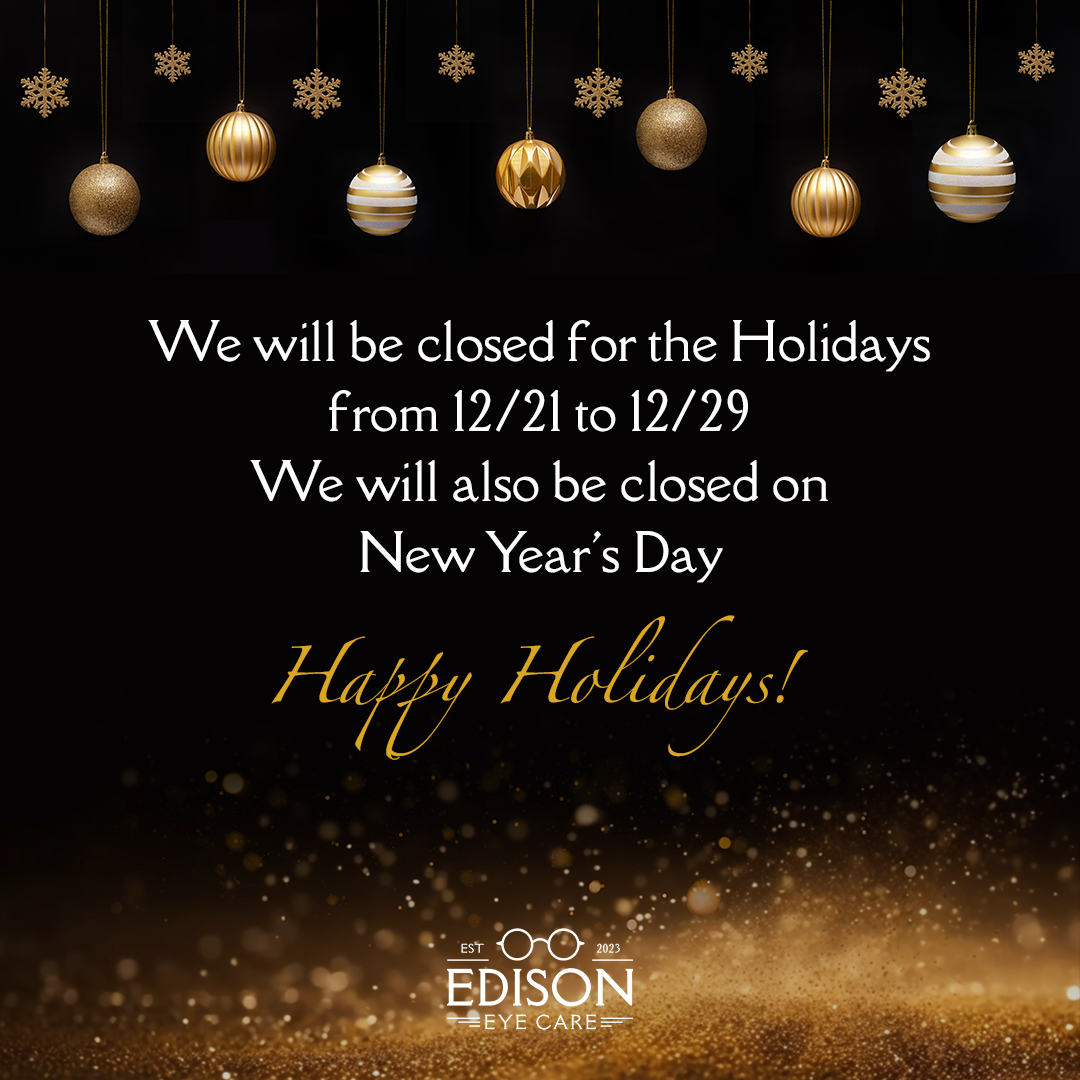
If you’ve never worn contact lenses before, it can seem a bit intimidating. After all, you’re inserting something into your eye! Let’s ease your mind about the first step – your contact lens exam. This post will walk you through what’s involved in a contact lens exam and what you can expect every step of the way.
It begins with a comprehensive eye exam.
Your eye doctor will first determine your overall eye health and vision. This includes a discussion of your health history and then a series of standard eye tests. These tests will evaluate eye focusing, eye teaming, depth perception, color vision, peripheral vision, and the response of your pupils to light. The doctor will also measure your eye’s fluid pressure to check for glaucoma, evaluate your retina and optic nerve, and test your vision with different lenses to assess whether contact lenses can improve your vision.
Then, a discussion about your contact lens options.
If contact lenses are appropriate for you, it’s time to talk about your contact lens options. Contact lenses come in a variety of options to meet your specific needs. For instance, those with astigmatism can have toric lenses to provide crisp, clear vision. Do you need reading glasses? There are options to help you see both far and near without glasses. If you have a corneal issue that causes you to see poorly in glasses, a specialty contact lens may be right for you. If possible, we always encourage our patients to use daily disposable lenses as they are the healthiest option for those we care for.
Next, the eye doctor will conduct eye surface measurements.
Contact lenses require precise measurements of your eyes to fit properly. Using an instrument called a keratometer, your doctor will measure the curvature of your eye's cornea, the clear front surface of your eye. Pupil size will also be measured to ensure you contacts that offer precise optics for your vision.
You may also need a tear film evaluation.
If you have dry eyes, your eye doctor will perform a tear film evaluation to measure the amount of tear film on the surface of your eye. If your tear film is insufficient or you have chronic dry eyes, contact lenses may not be a good option for you. However, some newer contact lenses deliver moisture to the surface of the eye, making them a better choice for individuals with dry eye issues.
It's time for the contact lens fitting.
The final step is to fit you with a trial pair of contact lenses. Once inserted, your eye doctor will examine the lenses in your eyes to ensure a good fit. We will check the alignment and movement of the lenses on the surface of your eye and if the fit looks good, the last step is to ensure the prescription is correct with a few more tests. Congratuations! You made it through your contact lens evaluation!




